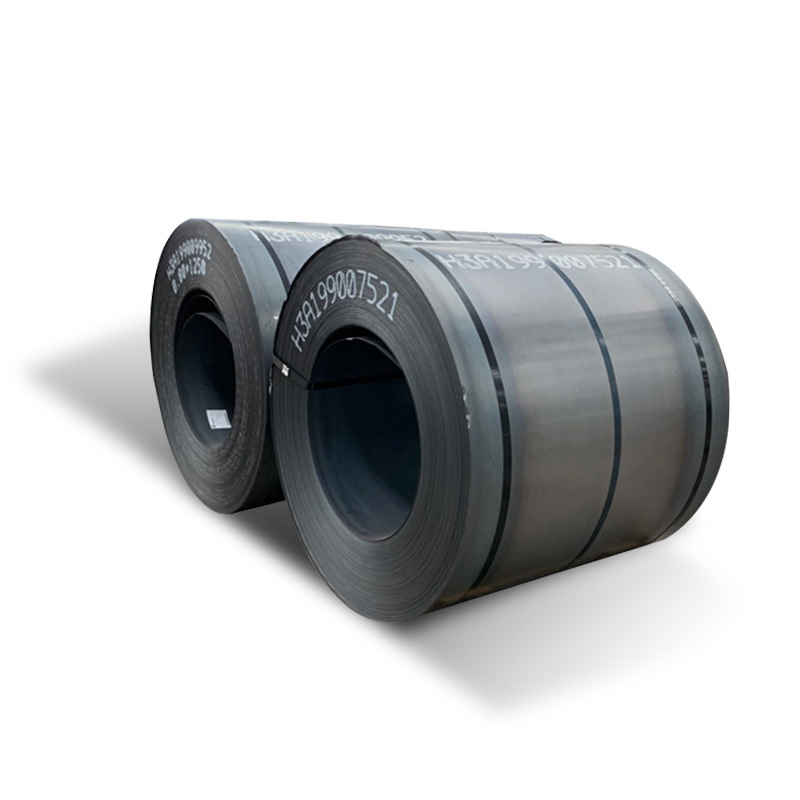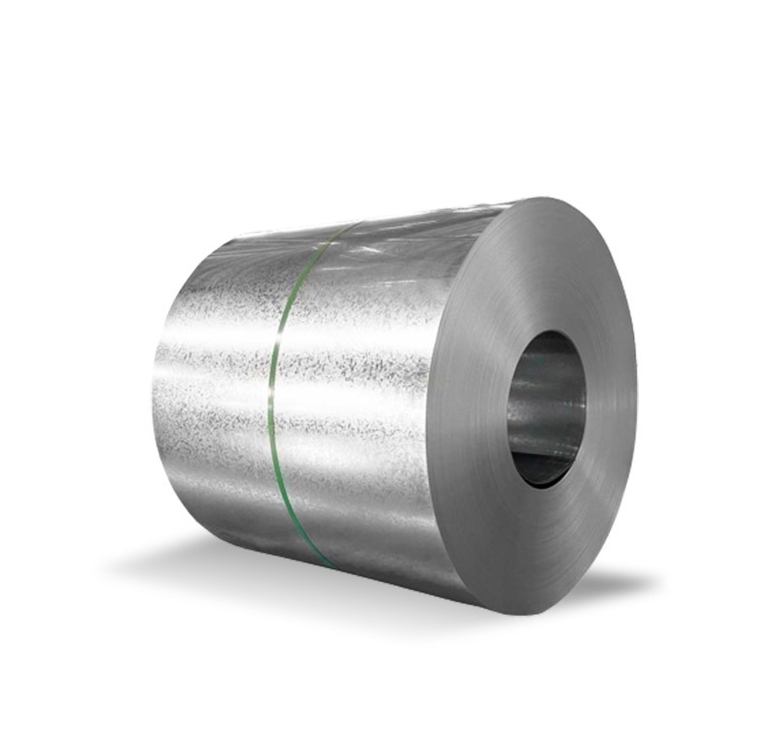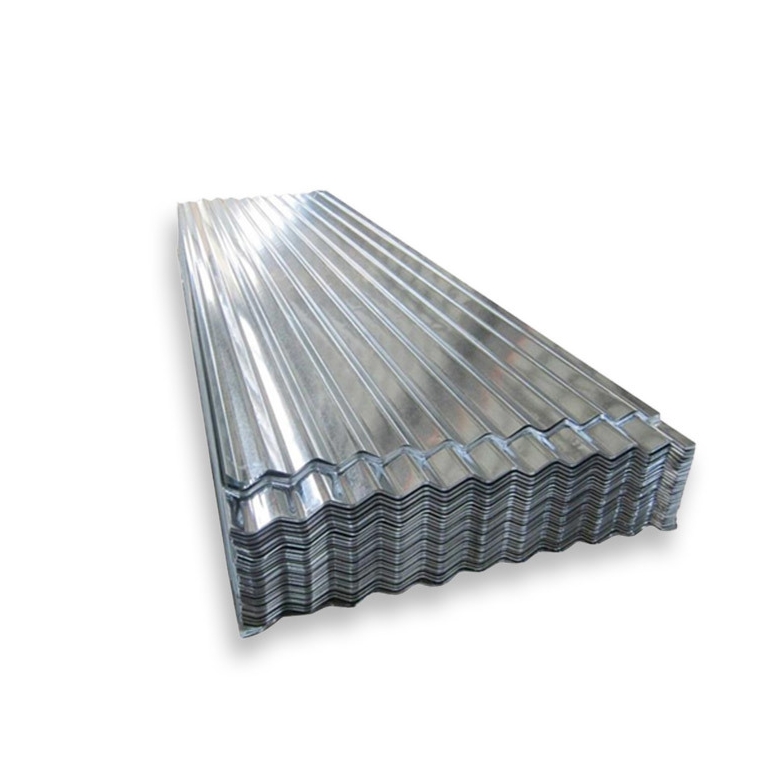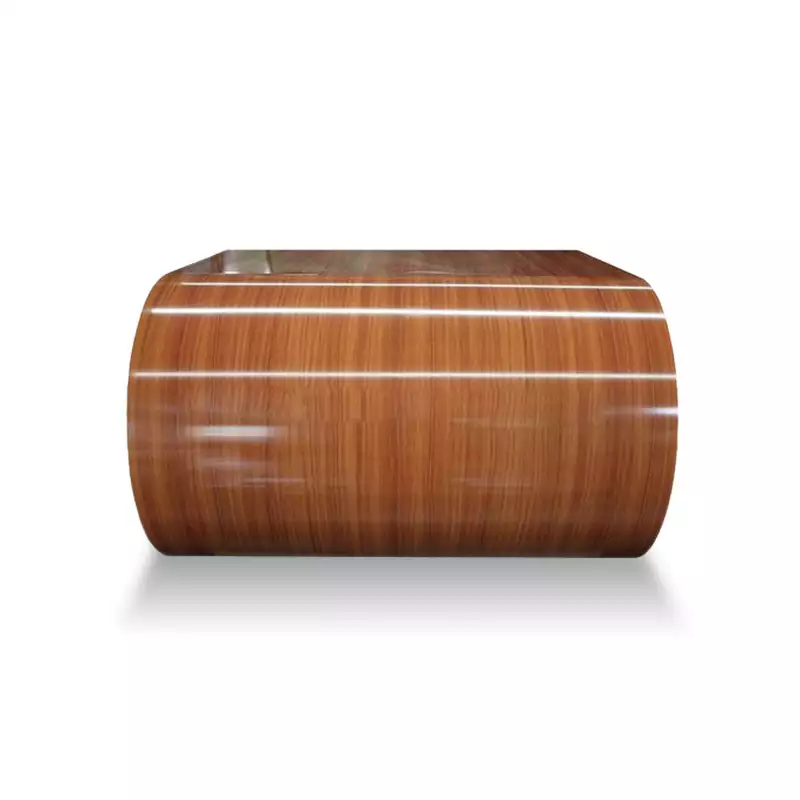When deciding between carbon steel and cast iron, the choice hinges on several critical factors, including strength, durability, cost, and application. Both materials are widely used in various industries, from construction to manufacturing. However, each has unique properties that make it suitable for specific needs.
1. Overview of Carbon Steel and Cast Iron
Carbon Steel is an alloy primarily made of iron and carbon, with small amounts of other elements. It is renowned for its strength, toughness, and versatility. Carbon content in the steel can vary, typically ranging from 0.05% to 2%, and this variation dictates the properties of the material.
Cast Iron, on the other hand, is a group of iron-carbon alloys with a higher carbon content, typically between 2% and 4%. It is known for its castability, wear resistance, and excellent machinability. Cast iron also comes in various forms, such as gray iron, ductile iron, and white iron.
The key difference lies in their composition and mechanical properties, which significantly affect their suitability for specific applications.
2. Chemical Composition: The Building Blocks of Both Materials
| Material | Carbon Steel | Cast Iron |
|---|---|---|
| Carbon | 0.05% – 2% | 2% – 4% |
| Silicon | 0.15% – 0.60% | 1.0% – 3.0% |
| Manganese | 0.30% – 1.60% | 0.10% – 1.0% |
| Sulfur | ≤ 0.05% | ≤ 0.08% |
| Phosphorus | ≤ 0.04% | ≤ 0.12% |
Key Insight: The higher carbon content in cast iron gives it superior castability but reduces its ductility and tensile strength compared to carbon steel. Carbon steel, with its lower carbon content, is more versatile and stronger, making it ideal for structural and industrial applications.
3. Mechanical Properties: Strength, Ductility, and Toughness
Carbon Steel: Carbon steel is known for its high tensile strength and ductility, particularly in low-carbon forms. It is used where strength and toughness are required. The tensile strength of carbon steel can range from 400 MPa to over 2000 MPa, depending on its carbon content.
Cast Iron: Cast iron is more brittle and has a lower tensile strength, typically between 150 MPa and 500 MPa. However, it excels in compression and is excellent for high-wear situations due to its wear resistance. Gray cast iron is also known for its vibration damping properties, making it ideal for engine blocks and heavy machinery.
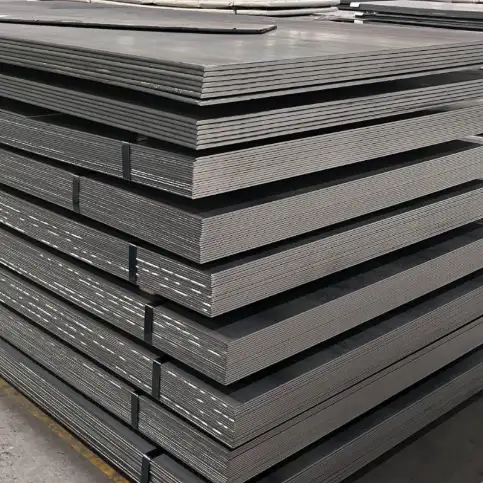
4. Cost Comparison: Which Material is More Affordable?
The cost of carbon steel is generally lower than that of cast iron, mainly due to its production process and material composition. On average, carbon steel costs between $0.70 to $2.00 per pound, depending on the alloy and carbon content.
Cast Iron, being heavier and more complex to process, typically costs between $0.60 and $1.50 per pound. However, the exact price varies by type, such as gray iron, ductile iron, or white iron.
5. Applications of Carbon Steel vs Cast Iron
Carbon Steel: Carbon steel is used in construction, manufacturing, transportation, and various engineering fields. Common applications include structural beams, pipelines, machinery parts, and automotive components. Its high strength and versatility make it an all-purpose material.
Cast Iron: Cast iron is predominantly used in applications where high wear resistance, durability, and vibration damping are critical. Some examples include engine blocks, pipes, cookware, and machinery bases. The high carbon content allows it to absorb shock loads better than carbon steel in certain conditions.
6. Corrosion Resistance: The Impact on Longevity
Carbon Steel: Carbon steel has a lower resistance to corrosion compared to cast iron. Without proper coating or maintenance, carbon steel can rust quickly when exposed to moisture or oxygen.
Cast Iron: Cast iron, particularly gray iron, offers better resistance to corrosion due to its graphite flakes, which prevent oxidation. However, it can still be susceptible to rusting if not adequately maintained.
7. Machinability and Ease of Production
Carbon Steel: Carbon steel is relatively easy to machine and fabricate due to its softer nature. It is often cut, welded, and shaped with standard tools.
Cast Iron: Cast iron is more challenging to machine because of its hardness and brittleness. However, it can be cast into complex shapes without extensive machining, making it ideal for large-scale production of certain components.
8. Environmental Impact and Sustainability
Both materials are made from iron ore, a finite resource. However, carbon steel is generally more energy-efficient in its production due to the ease of processing and less raw material waste. Cast Iron, while recyclable, often requires more energy during manufacturing due to its complex casting process.
9. Case Study: Real-World Comparison in Industrial Applications
Industrial Use Case: In the automotive industry, carbon steel is often used for structural components such as car frames, axles, and gears. These parts must be strong, tough, and able to withstand stress, making carbon steel the ideal choice.
In contrast, cast iron is commonly used for engine blocks, where its ability to absorb vibrations and distribute heat efficiently is crucial. Its wear resistance also allows it to withstand the constant friction and heat generated in the engine.
10. Price Comparison: Carbon Steel vs Cast Iron
When it comes to pricing, both carbon steel and cast iron are cost-effective options in the world of metal materials, but they differ in cost structure due to their production processes, composition, and the complexity of manufacturing.
Carbon Steel Prices:
Carbon steel is generally considered more affordable compared to cast iron. The price of carbon steel can vary depending on the grade, carbon content, and the form (sheet, plate, bar, etc.). For standard mild carbon steel (A36 or equivalent), the price ranges from approximately $0.60 to $1.00 per pound. Higher grades of carbon steel, such as high-carbon or alloy steels, can cost up to $2.50 per pound or more.
Cast Iron Prices:
Cast iron, especially in the form of gray iron or ductile iron, typically costs $0.80 to $1.50 per pound. This is slightly higher than mild carbon steel but still remains affordable. The cost of ductile iron is usually at the higher end of this range due to the additional alloying elements (like nickel and copper) and the more complex casting process required for its production. For special cast irons, such as white iron or high-performance alloys, prices can go up to $3.00 per pound.
Summary of Price Comparison:
| Material | Price Range (Per Pound) |
|---|---|
| Mild Carbon Steel | $0.60 – $1.00 |
| High-Carbon Steel | $1.00 – $2.50 |
| Gray Cast Iron | $0.80 – $1.50 |
| Ductile Cast Iron | $1.00 – $1.50 |
| Special Cast Iron | $1.50 – $3.00 |
Factors Influencing Price Differences:
-
Production Complexity: Cast iron, particularly ductile iron, is more expensive to produce due to its more complex manufacturing processes like casting, alloying, and heat treatment.
-
Material Availability: Carbon steel is more widely produced and has lower raw material costs, making it the cheaper option in many cases.
-
Material Properties: Cast iron’s superior wear resistance and vibration-damping capabilities justify its slightly higher price in specific applications, such as engine components and industrial machinery.
Ultimately, the decision between carbon steel and cast iron depends on the specific needs of your project, whether you prioritize cost savings or require the specialized properties of cast iron.
Conclusion
Choosing between carbon steel and cast iron depends largely on the specific application, cost considerations, and performance requirements. Carbon steel is stronger, more versatile, and ideal for structural and heavy-duty uses, while cast iron offers superior wear resistance and is often chosen for applications involving high-temperature or shock loads.
Frequently Asked Questions (FAQ)
-
What is the difference between cast iron and carbon steel in terms of strength?
-
Carbon steel is stronger and more ductile, while cast iron is more brittle but excels in compression and wear resistance.
-
-
Which material is better for engine parts, carbon steel or cast iron?
-
Cast iron is preferred for engine blocks due to its excellent vibration damping and wear resistance.
-
-
Can cast iron be welded?
-
Yes, but it requires special techniques due to its brittleness and high carbon content.
-
-
Is carbon steel more expensive than cast iron?
-
Generally, carbon steel is less expensive than cast iron, but costs can vary depending on the specific alloy or grade.
-
-
Which material is better for pipes, carbon steel or cast iron?
-
Both materials are used for pipes, but cast iron is often chosen for water and sewage systems due to its corrosion resistance and durability.
-



